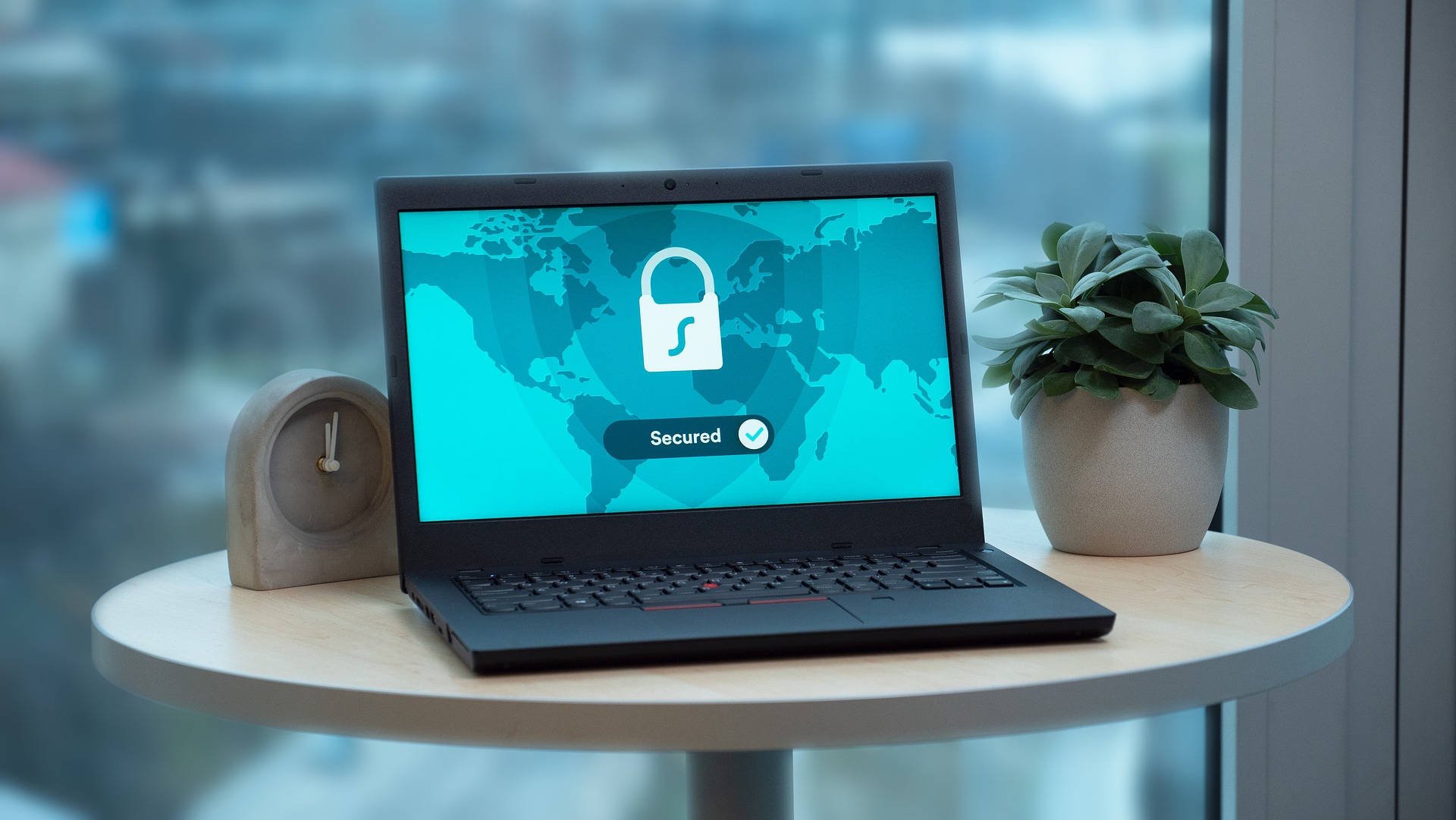Your applications’ safety is the most important qualification for any business, regardless of the industry. A breach in security could cost your company a significant amount of money as well as damage the organization’s reputation and trust; this is why security needs to be a top priority from the beginning, and these are some of the ways engineers can guarantee the security of their app:
Encrypt all your data
Encrypt every unit of data; this is a way of scrambling plain text until it’s just an indeterminate alphabet mix up with absolutely no meaning to anybody except those who have the key to decrypt the data. This means that if the data is lost or stolen by any chance, there is nothing criminals can read or try to misuse.
Be careful using third party libraries.
Be cautious when using third-party libraries, and make sure that you test the code before using it in your app. While some of these libraries might be very useful, others tend to be very insecure for your app. Developers should use controlled repositories and apply policy controls to protect their apps from vulnerabilities in the libraries.
Use strong authentication
It is becoming increasingly important to use high-level authentication in the wake of some of the biggest security breaches to ever happen. Authentication refers to the passwords and other identifiers that a developer might use in order to create barriers to entry. It is also advisable to encourage your users to be more tactful and vigilant towards authentication.
Follow the principle of least privilege.
This principle requires that a code should run with only the permissions that it needs and nothing more. A developer should make sure that his or her app shouldn’t request any more privileges than the minimum required in order for it to function.
Use the best Cryptography tools and techniques.
It is not advisable to hard code your keys because it makes it easy for attackers to steal them. Never store keys locally on the device but in a secure container. Use up to date and trusted APIs, which include 256-bit AES encryption with 256 for hashing.
Deploy proper session handling.
Sessions on mobile generally last longer than on desktops; this makes it harder when it comes to session handling for the server. The developer should use tokens instead of device identifiers to identify a session, as tokens can be revoked at any particular time, making them significantly more secure in case the devices are lost or stolen. Threat modeling and penetration testing and
Test repeatedly.
Ensuring that your app is safe is a process that never stops. Threats emerge every now and then, and solutions are needed. Invest more in threat modeling, penetration testing, and emulators to increasingly test your application for vulnerabilities.
Deploy tamper detection technologies.
This includes techniques to set off alerts when an attacker tries to interfere with the code or introduce malicious code. It can be deployed to ensure that the code does not work if it is changed in any way.



